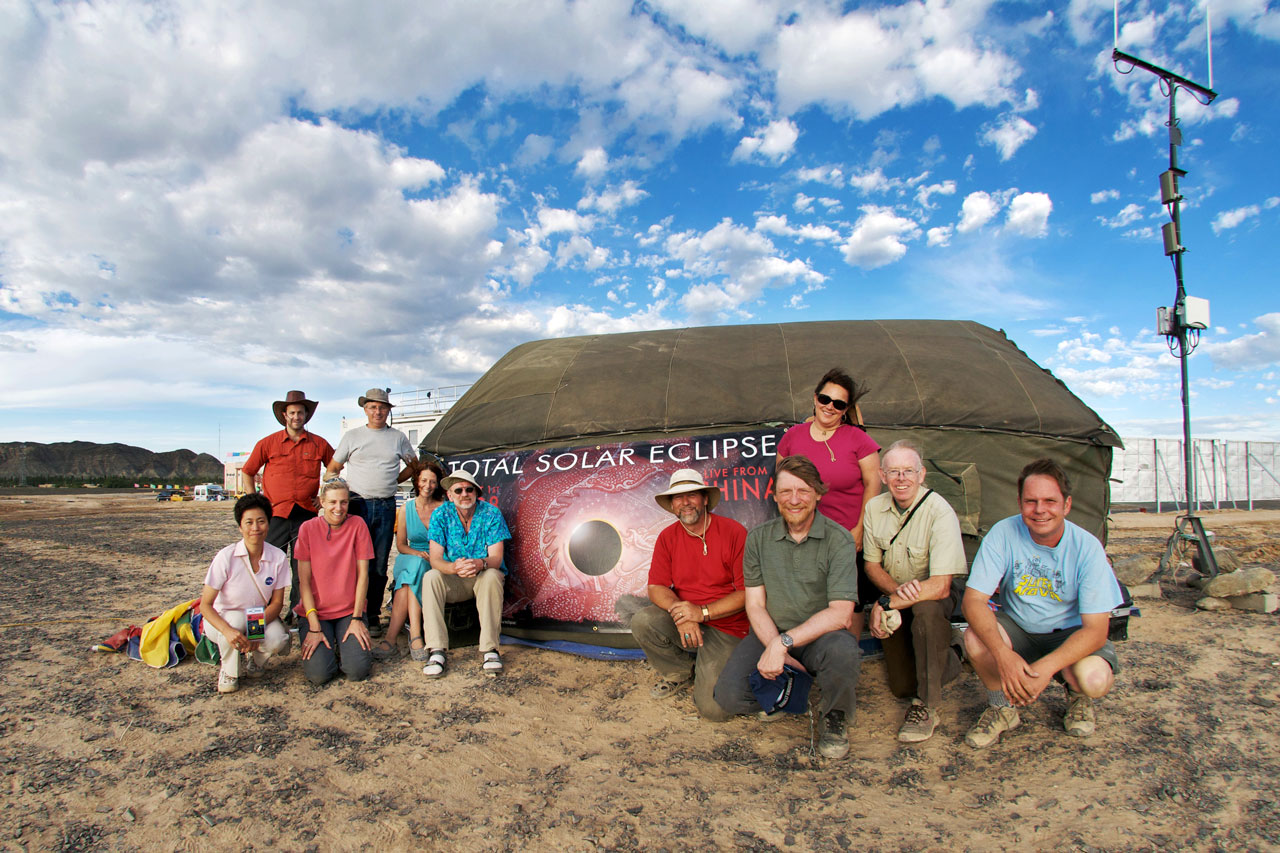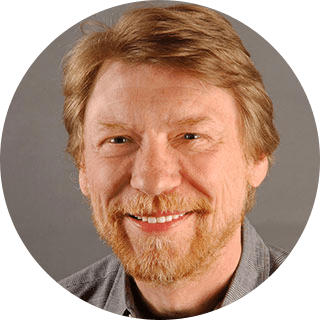
Robert Semper
Chief Science Officer - Exploratorium
Duval High School
Moravian College
Physics BS 1968
Johns Hopkins University
Physics PhD 1975

My sixth grade teacher was a big science advocate and supported my engagement with the new science curriculum. I watched a lot of science on TV including “Mr. Wizard,” and visited the Hayden Planetarium at the American Museum of Natural History in New York City.
Navigating the Path of Totality is a public education program leveraging interest in the solar eclipses of 2023 and 2024 and achieved through an array of live streams, on-demand videos, and social media postings in both English and Spanish.
The Exploratorium’s team of scientists, educators, and media producers, in partnership with the Indigenous Education Institute and Univision’s Emmy-award winning host Kira Vilanova, leverage the public’s curiosity of these dramatic eclipse events to educate them about the Sun and NASA’s Heliophysics System Observatory.
The live broadcast locations bring the opportunity to create relevance through local culture: in 2023 by highlighting traditional knowledge of Navajo elders from the Four Corners in the desert Southwest and, in 2024 by highlighting the traditions of the Tex-Mex Hispanic community. This enables the team to connect this awesome celestial event, NASA heliophysics, traditional ways of knowing, and Latinx culture for a unique mix of science and culture that is both memorable and meaningful to our broad audiences.
I joined the Exploratorium in 1977. I develop exhibits and exhibitions onsite and worldwide, create teacher education programs, produce publications, films, online media, and communication programs. I am expanding the informal science education field.
I also lead major initiatives including the recent relocation of the Exploratorium to Pier 15/17 in San Francisco. Currently as Chief Science Officer, I provide strategy and oversight to the science and science education work of the Exploratorium and represent the Exploratorium to the broader world of science, science centers, and STEM education. I have written many science journal articles and invited papers and conference talks, and have served as Principal Investigator on over 50 federally- and privately-funded projects that include developing new online and media resources, experiments using technology to enhance the museum visitor experience, and programs for teachers and museum educators.
In 2018, I was selected as a member of the Federal STEM Education Advisory Panel, which meets twice a year to evaluate and offer guidance on the federal government’s strategic plan for STEM education. Awards include APS Fellow 2019; AAAS Fellow, 2006; and the NSTA 2006 Faraday Science Communicator Award.
Before joining the Exploratorium, I taught physics and conducted solid state, elementary particle and nuclear physics research. He received his PhD in solid-state physics from Johns Hopkins University.
FInd a mentor, companion, institution, and/or activity that sparks your interest in inquiring about the world around you.
